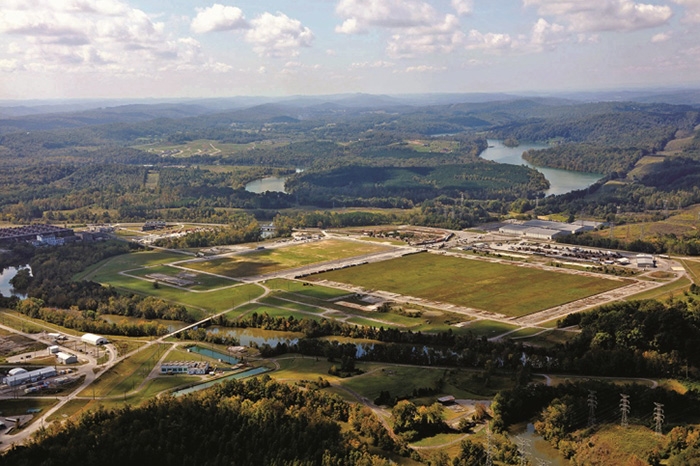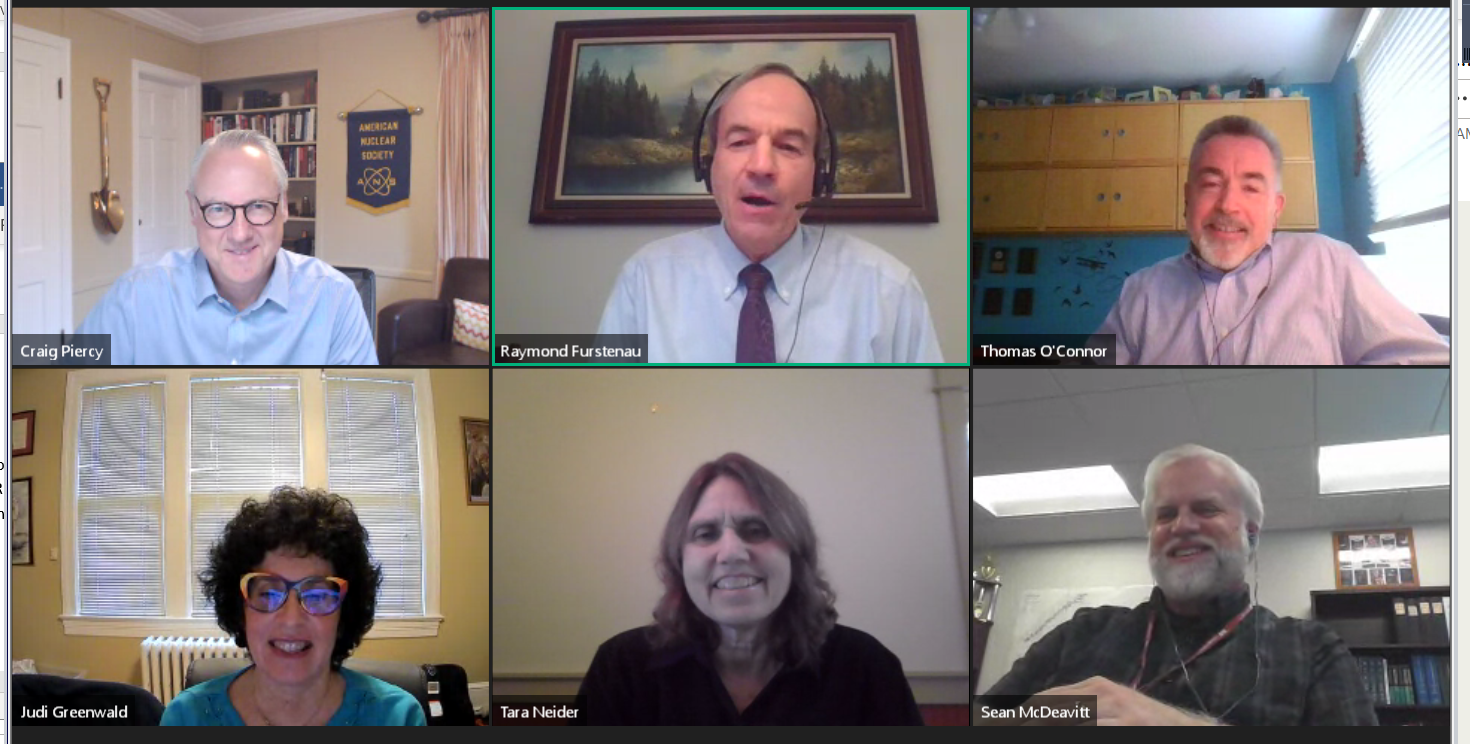ANS forms advanced reactors working group

Nesbit
Knowing that many ANS members are heavily involved in the development and regulatory oversight of advanced reactors, ANS Vice President/President-elect Steve Nesbit envisioned a place where members involved in the field could pool their resources, exchange ideas, and support interactions with other organizations and government agencies.
Nesbit’s vision is becoming a reality with the formation of the ANS Advanced Reactor Group. For now, it is housed within the Operations and Power Division, but the ARG will be open to other divisions as well. In fact, OPD chair Piyush Sabharwall said that input from across the ANS membership is essential for the group.


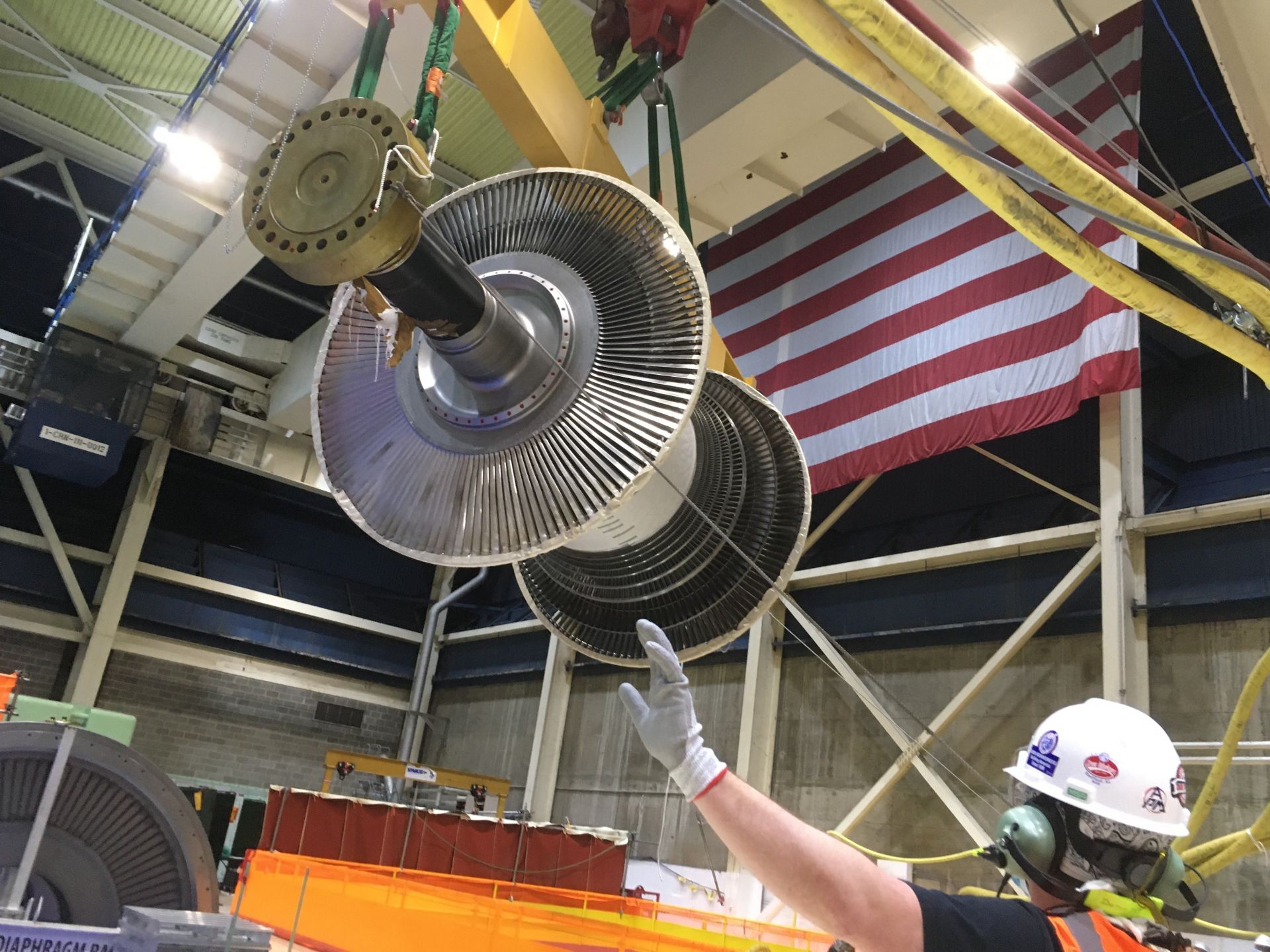
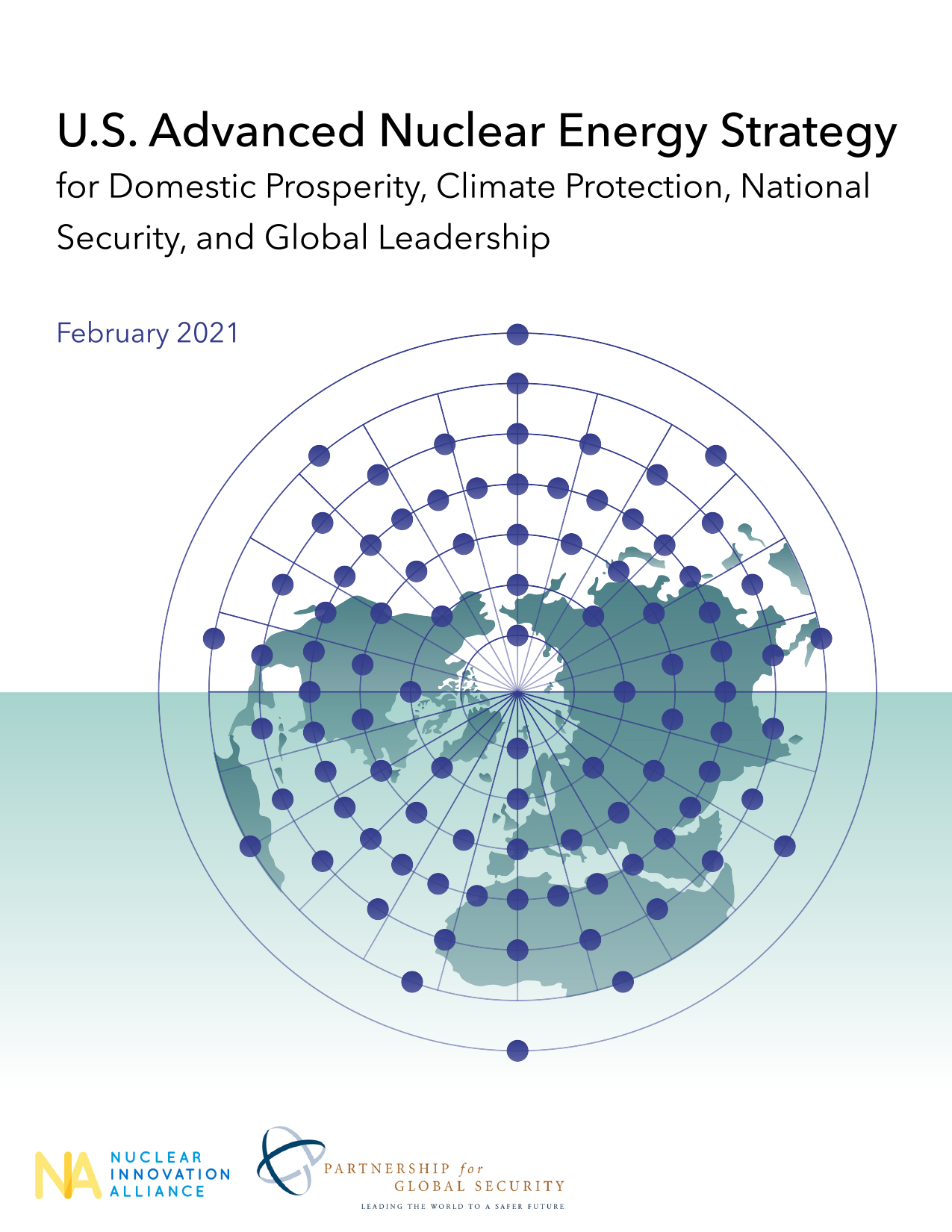 The
The 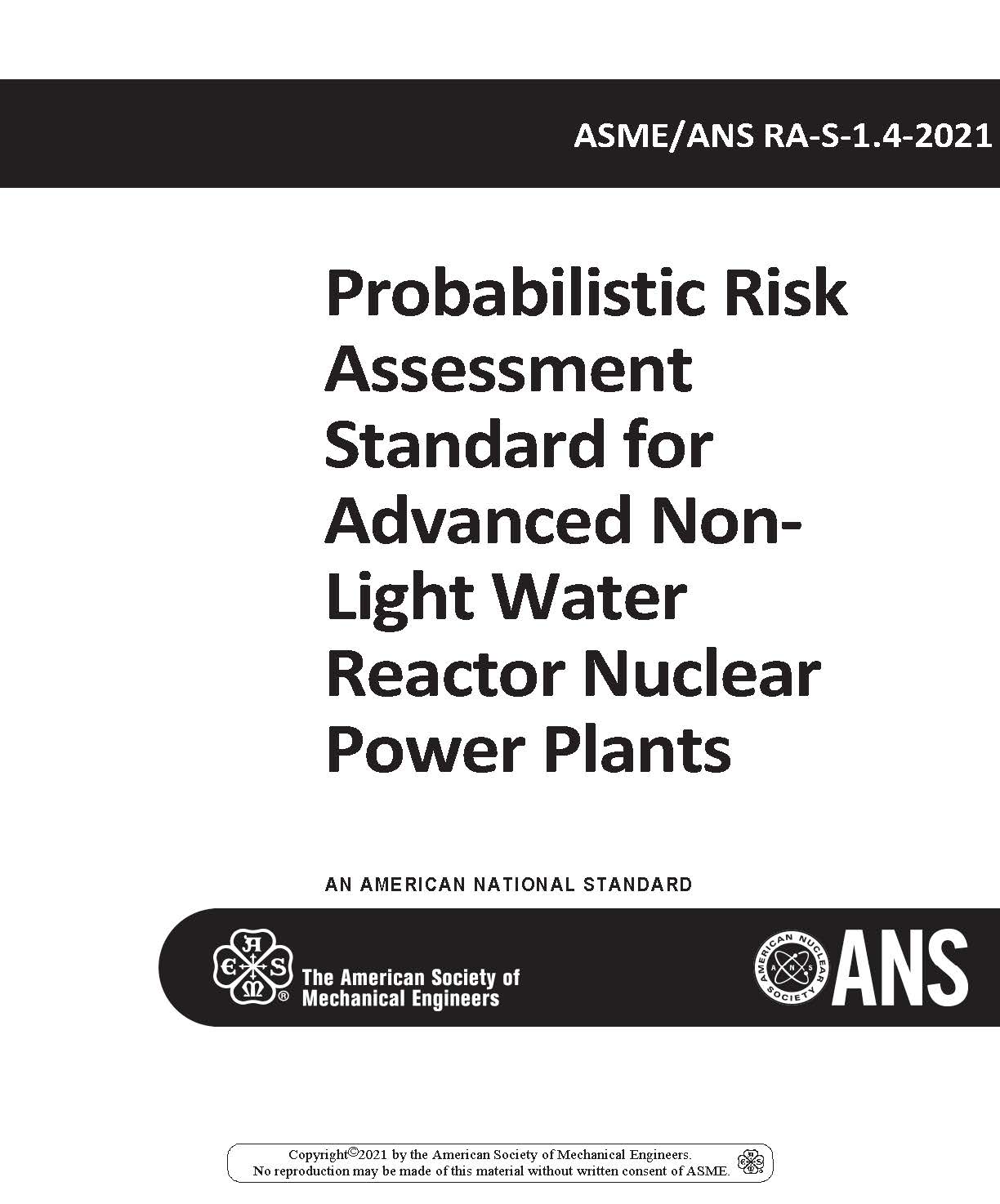 ANSI/ASME/ANS RA-S-1.4-2021, “Probabilistic Risk Assessment Standard for Advanced Non-Light Water Reactor Nuclear Power Plants,” has just been issued. Approved by the American National Standards Institute (ANSI) on January 28, 2021, this joint American Society of Mechanical Engineers (ASME)/American Nuclear Society (ANS) standard sets forth requirements for probabilistic risk assessments (PRAs) used to support risk-informed decisions for commercial nuclear power plants and prescribes a method for applying these requirements for specific applications.
ANSI/ASME/ANS RA-S-1.4-2021, “Probabilistic Risk Assessment Standard for Advanced Non-Light Water Reactor Nuclear Power Plants,” has just been issued. Approved by the American National Standards Institute (ANSI) on January 28, 2021, this joint American Society of Mechanical Engineers (ASME)/American Nuclear Society (ANS) standard sets forth requirements for probabilistic risk assessments (PRAs) used to support risk-informed decisions for commercial nuclear power plants and prescribes a method for applying these requirements for specific applications.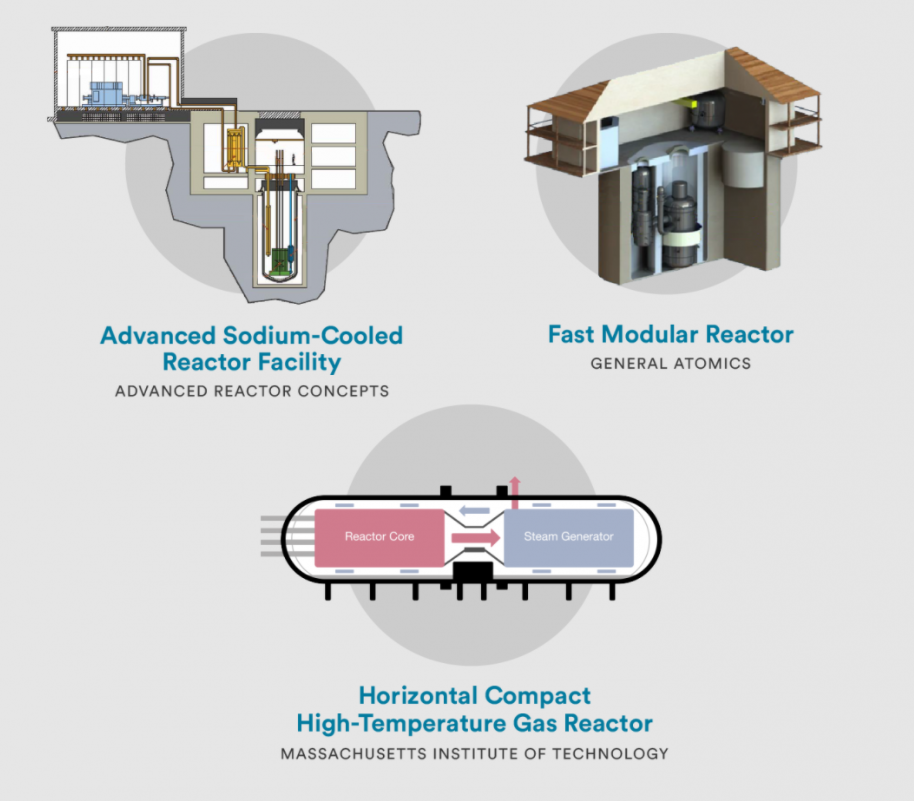
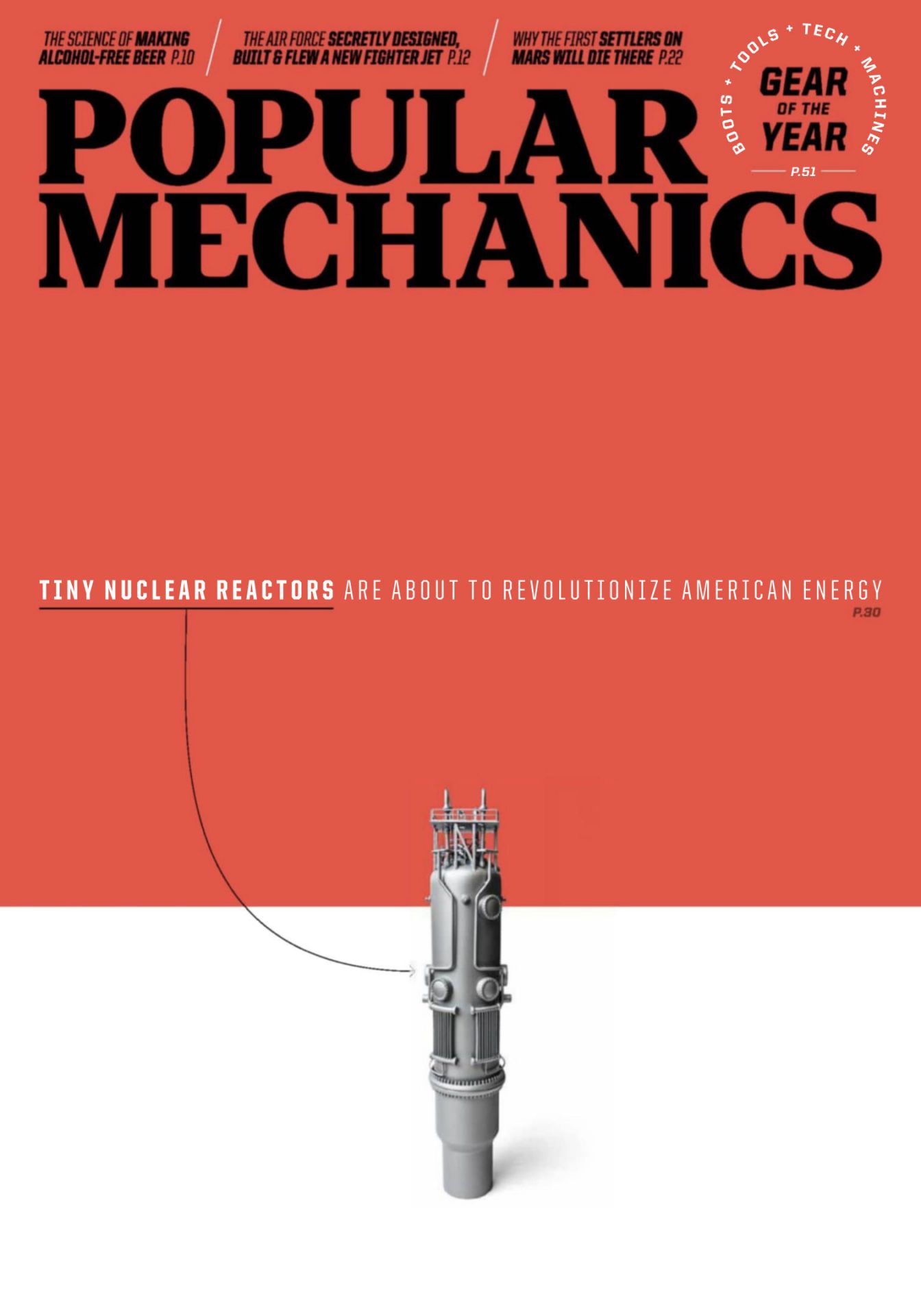 The January/February 2021 issue of
The January/February 2021 issue of 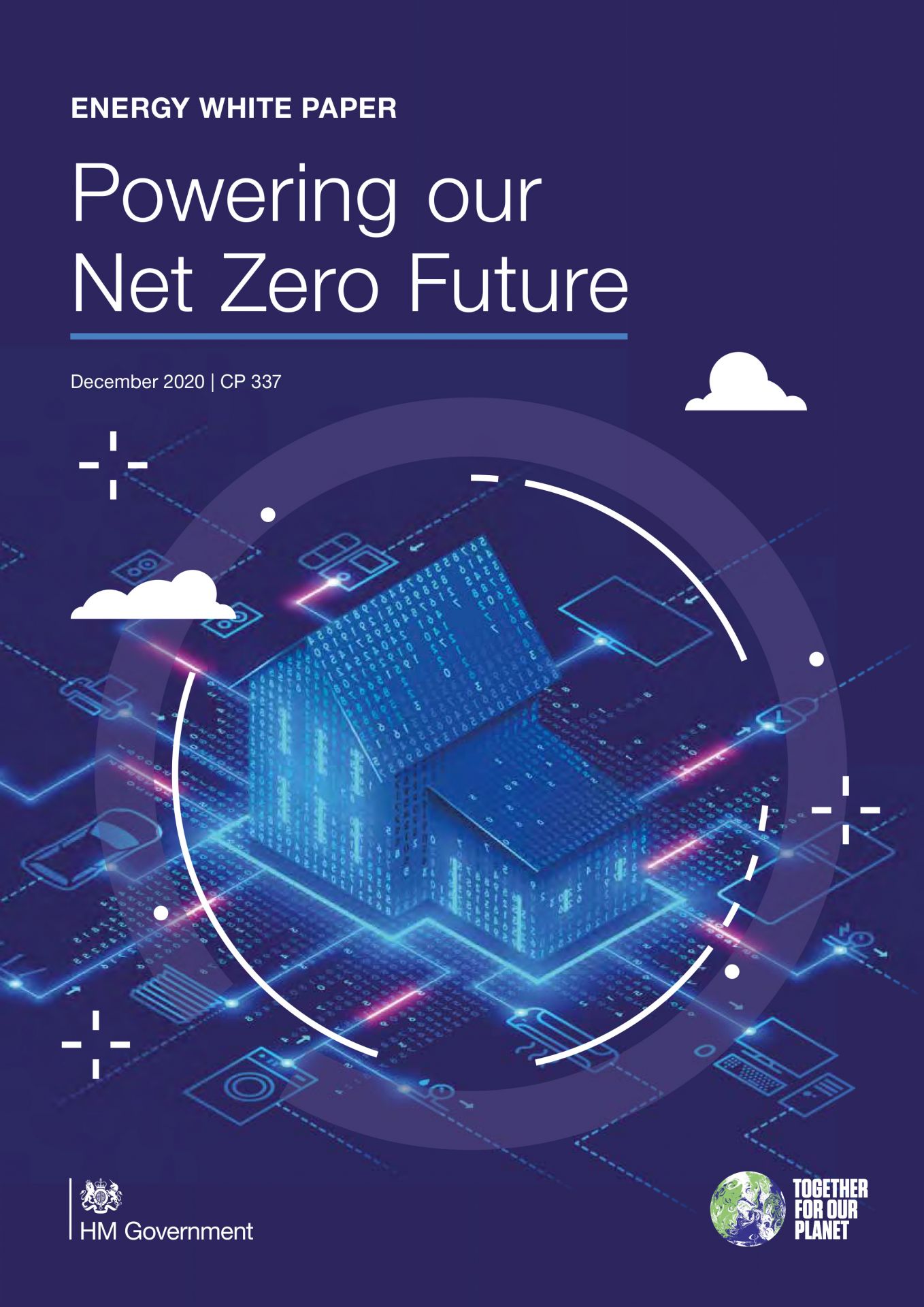 A 170-page energy white paper,
A 170-page energy white paper, 